This post was written and wonderfully illustrated by Mary Parr, one of our Hubbard Fellows. I hope you’ll enjoy her perspective on our trip to western Nebraska a couple weeks ago. It’s a fantastic landscape and it’s fun to see it through the eyes of people who are experiencing it for the first time.
Last week, I experienced northwestern Nebraska for the very first time. The landscape was vast and not flat at all! Chris, Chelsea, Olivia and I explored the Murphy Ranch in the Wildcat Hills, the Cherry Ranch in the High Plains, and Fort Robinson in the Pine Ridge. As we made our way west last Wednesday, my anticipation built as the landscape changed from sandhills to buttes and gravely sandstone outcrops. I could not help but reminisce on stories and cowboy lullabies my Chadron alumna father reared my siblings and I up on. I can hear it now, the Nebraskan remix of “Country Roads”.

As we arrived at Cherry Ranch in the high plains (as my dad would call it), a mosaic of mixed grass and short grass prairie, I looked out at the expansive grasslands, not an eastern red cedar or other tree in sight. I felt as if I was staring at an ancient sacred landscape. Grassland rolling by, with abrupt pauses of exposed rock, sculpted by the elements. I imagined bison by the millions scattering across the hills. I looked down at the Niobrara River headwaters in the valley below me and envisioned bands of Lakota watering their horses. I could see the pioneers pulling wagons with oxen navigating around the steep bluffs. I stood on land that has served countless individuals and weathered immeasurable storms.
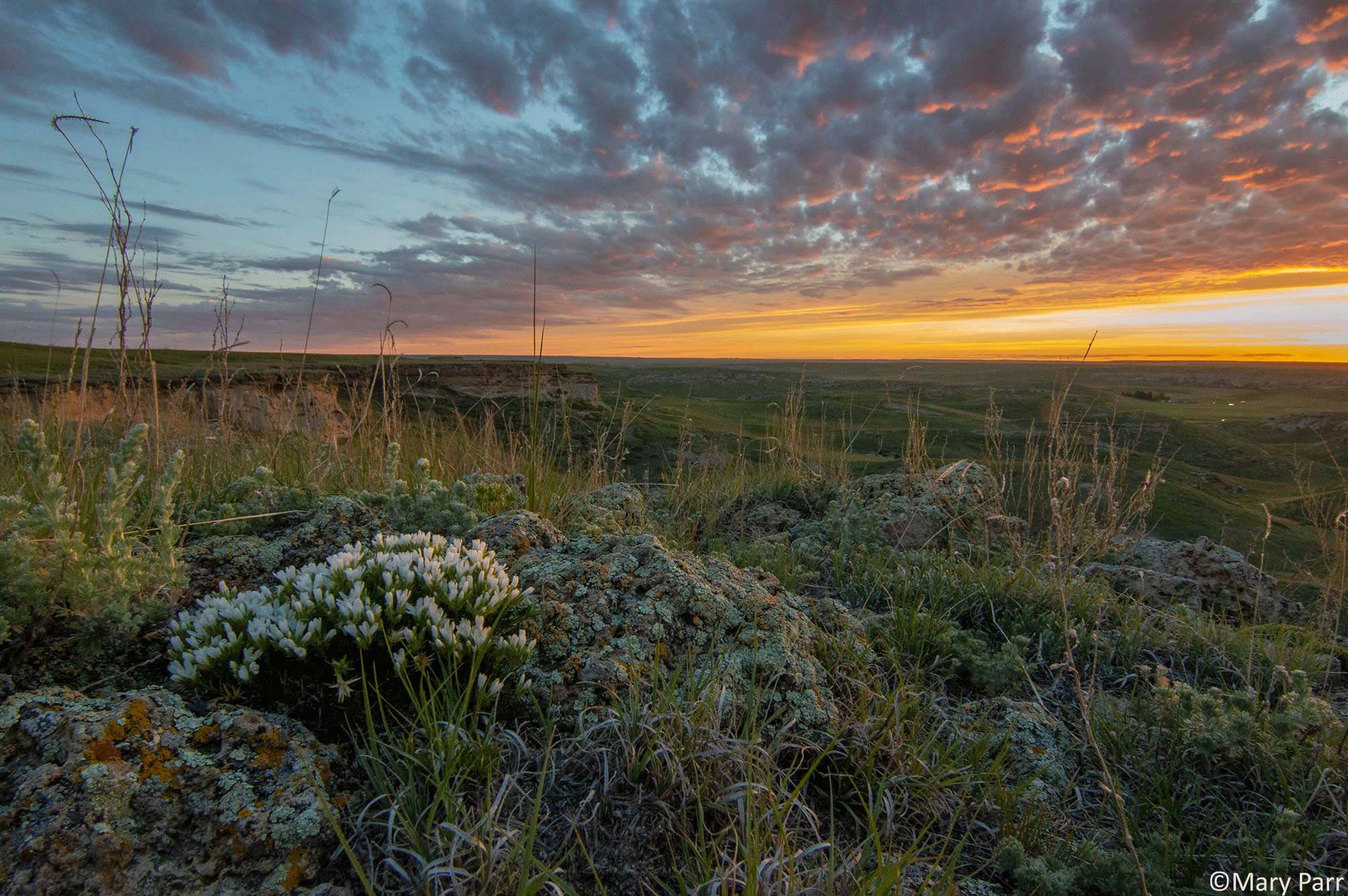
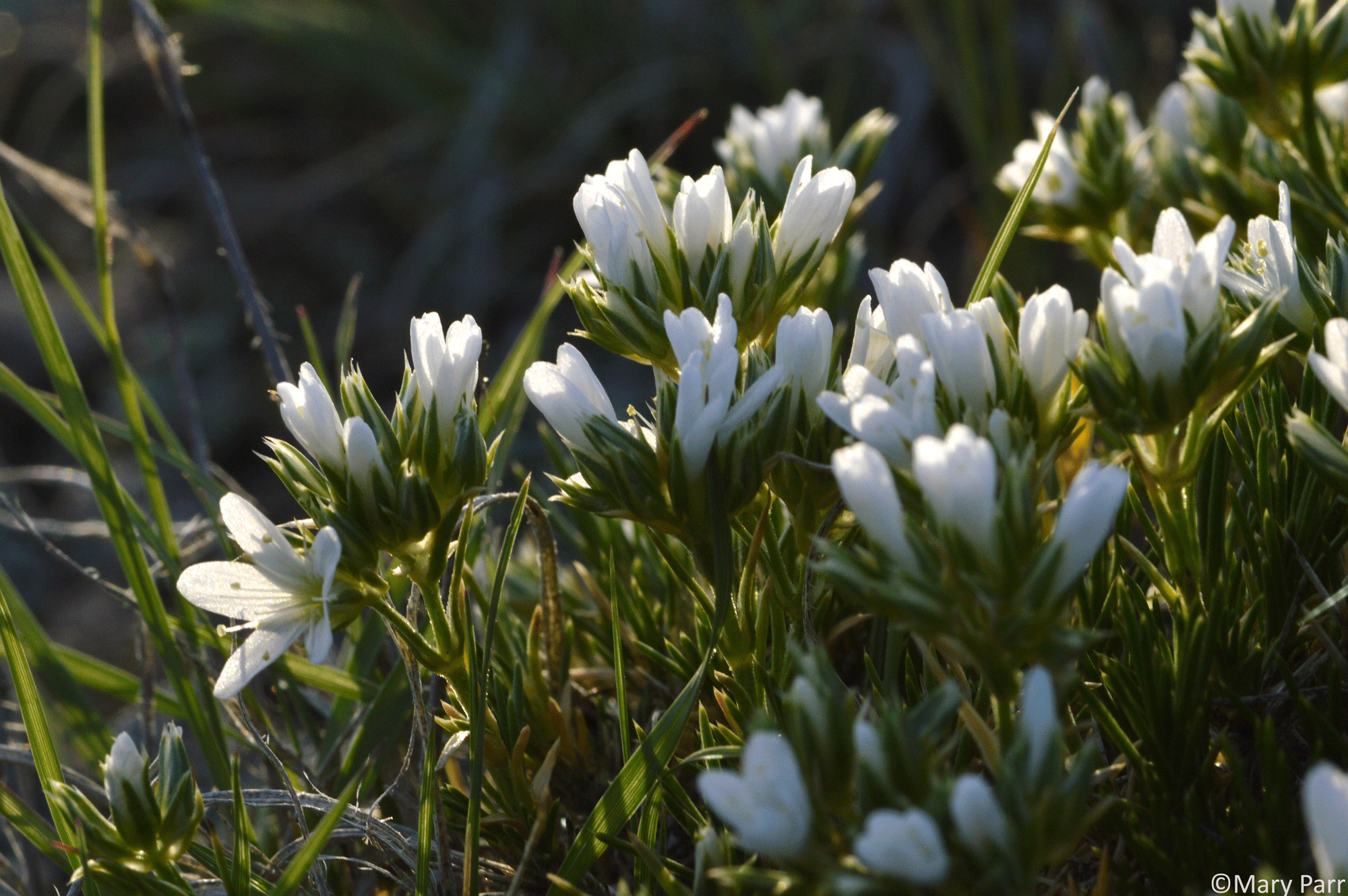
On the Cherry Ranch, we chatted with Travis, our lessee and generational local rancher, about plants and livestock forage. Travis explained how much the cattle love the native sedges, sun sedge and thread leaf, “They eat it up like ice cream and it is incredibly nutritious”. Chris went on say that those sedges spread extremely slow by rhizomes and some colonies are likely thousands of years old! I looked down at the sedges near my feet in amazement, feeling guilty for stepping on the old souls.
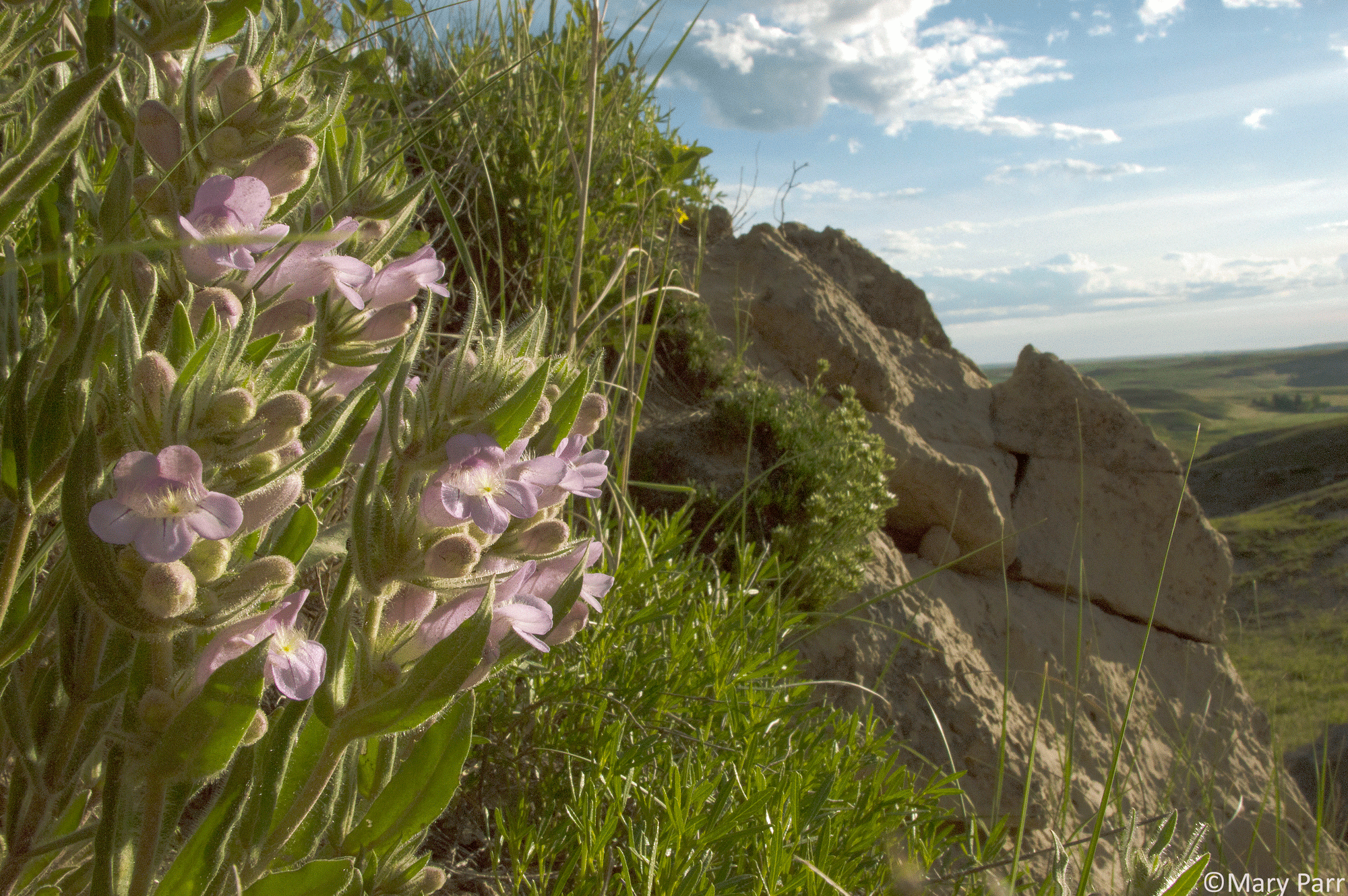
Fascinated, I made my way to the edge of the rocky bluff. The exposed rock was painted with a crusty texture of vibrant lichens of orange and pastel green – as if the rock itself was alive. There was an array of plants growing out of the cracks and in small pockets of soil medium. It is amazing to think there is so much life in a region that receives an average of 17 inches of rain annually.
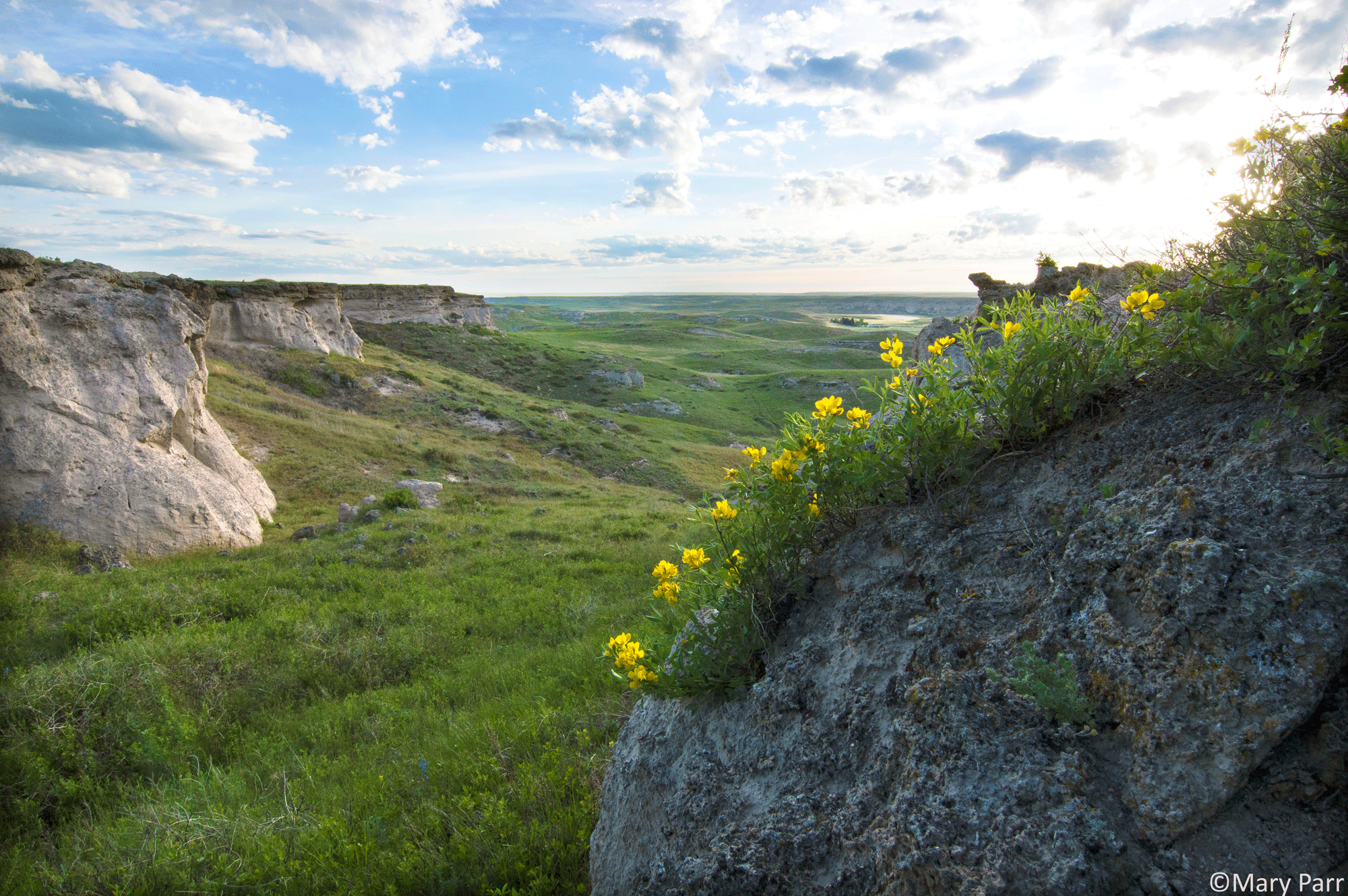
These rock plants are excellent survivalists, especially in terms of water retention. Often these plants have very deep taproots or very fibrous roots that make the most of the little soil available. The leaves have adapted to reduce heat absorption and water loss through a few mechanisms: thin rigid leaves, having a light gray-green color, or even hairs to provide shading. Some plants produce especially hard seed coats that prolong their viability and can only germinate when there is sufficient soil moisture. I always enjoy thinking about plants and observing their strategies, especially in abiotically stressful areas. They are truly ingenious.
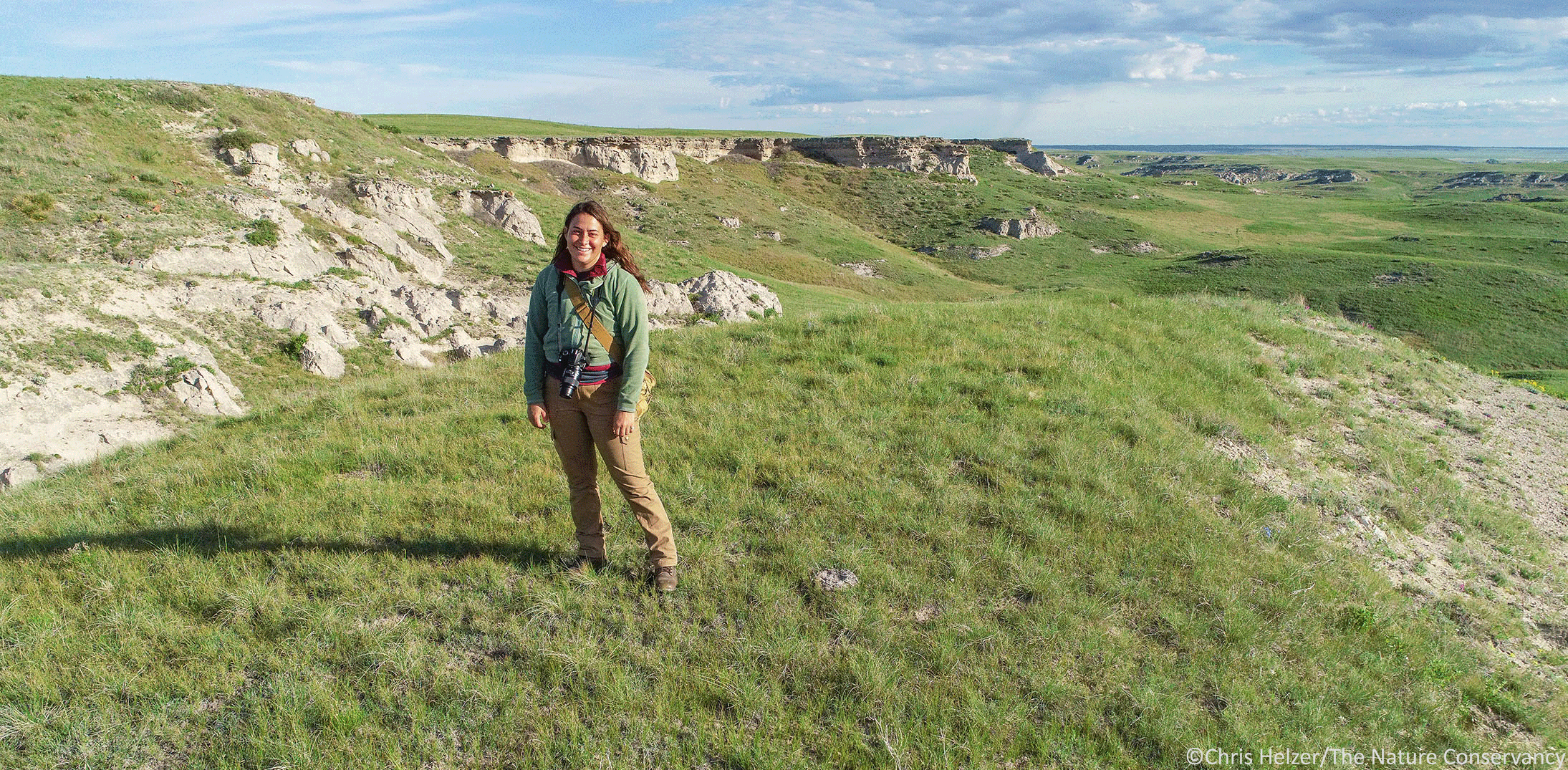
I was disappointed our trip was so brief, but a taste was all I needed to begin plotting my return. Until next time northwest Nebraska!
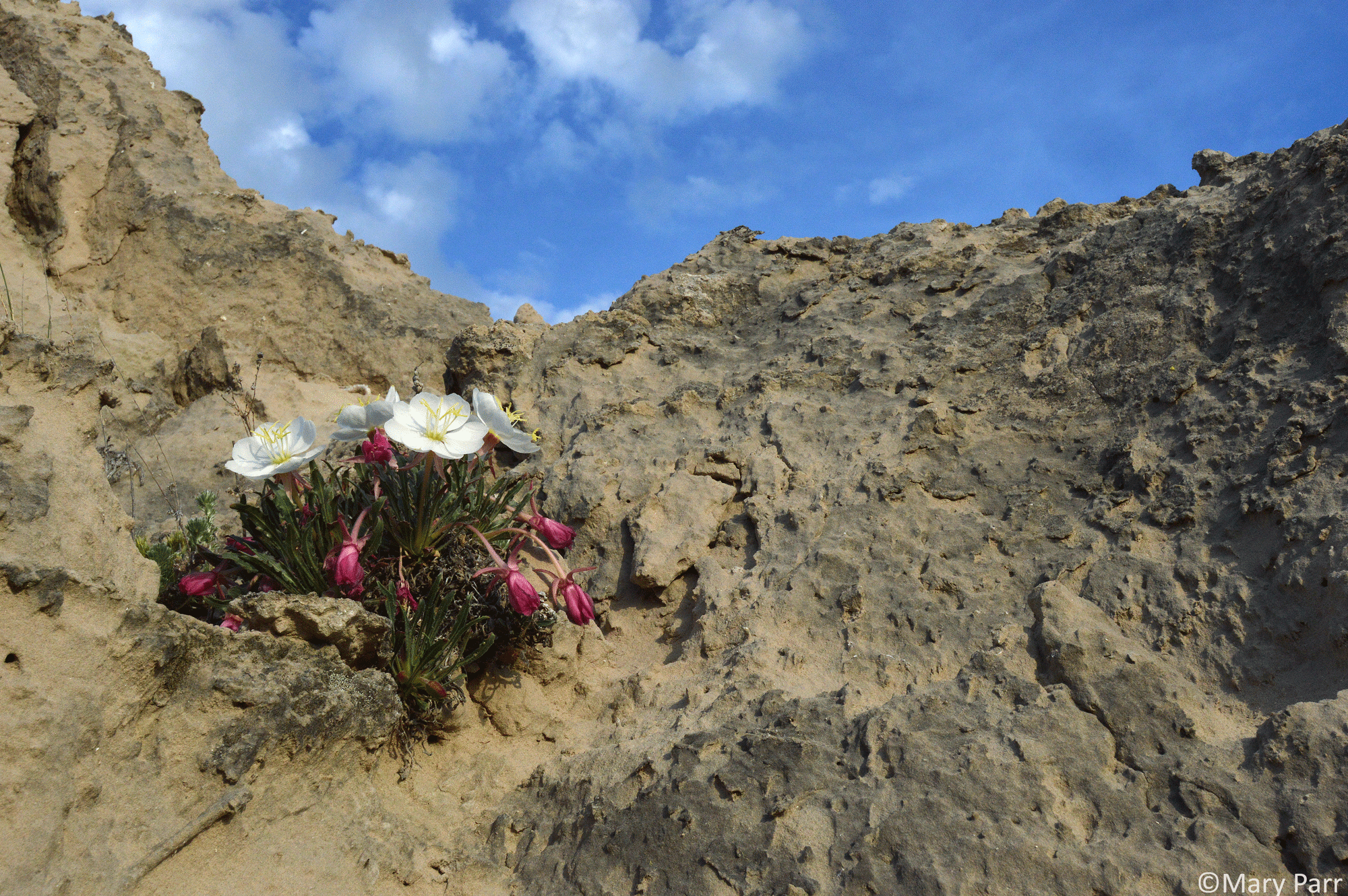

Outstanding!
Makes me want to leave tomorrow and head west. Nice job!
I’ve grown some of the plants from these western environments in Illinois. Often for only a short period. For example, the one Arenaria (Eremogone) hookeri I managed to grow from seed only survived a couple of years.
What is interesting about growing these plants in an environment with more rain and humidity is their foliage is often not as hairy nor as white. They also frequently grow taller.
Do you know if the white flower in your first photo is a Crypthantha? I had several Crypthantha paradoxa for several years. My plants grew about 6 inches tall, which is much taller than they grow in the wild. I tried growing Crypthantha humilis too, but it did not last as long as the Crypthantha paradoxa.
There’s nothing more enthralling than entering a new area for the first time. The mix of impressions can be overwhelming, and the sense of not knowing anything about what’s spread about can be daunting, but it’s only the first step. Annie Dillard says we can travel far, or we can travel deep, and Mary will find, as I have, that every return trip becomes more satisfying as she moves deeper into that new world.
Awesome pictures Mary! Someday I hope to visit those places as well.
Yes. Old souls. Beautifully written thoughts. Optimistic that more people while come to share in this perspective of our land.